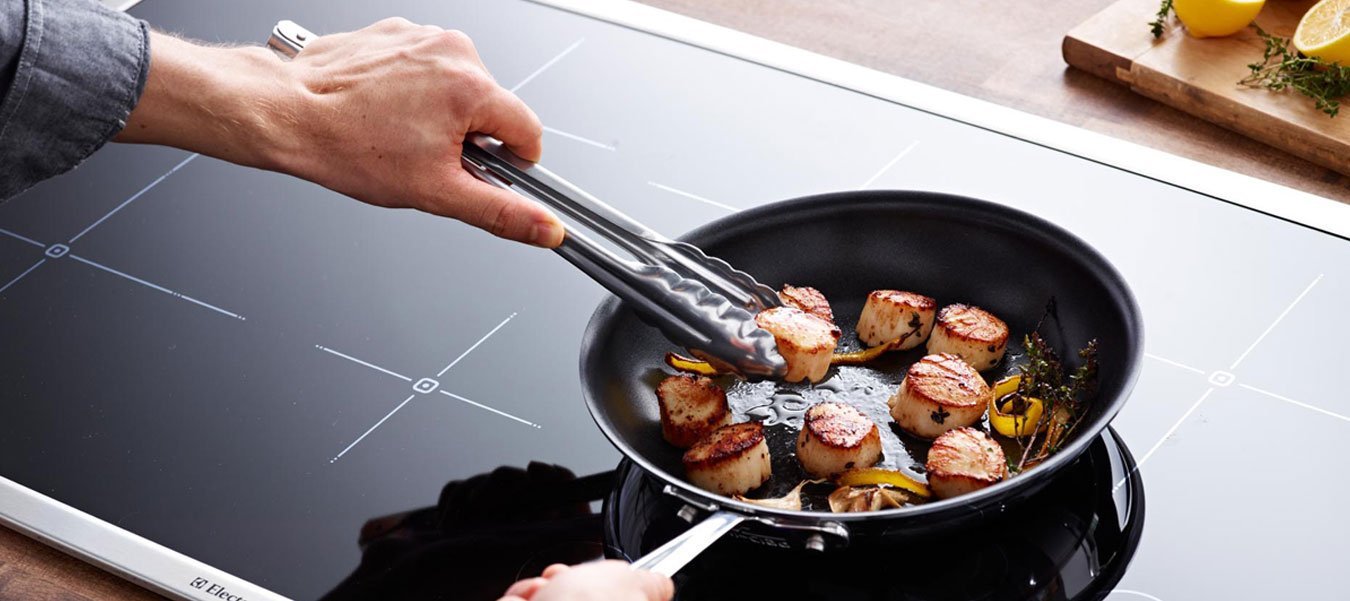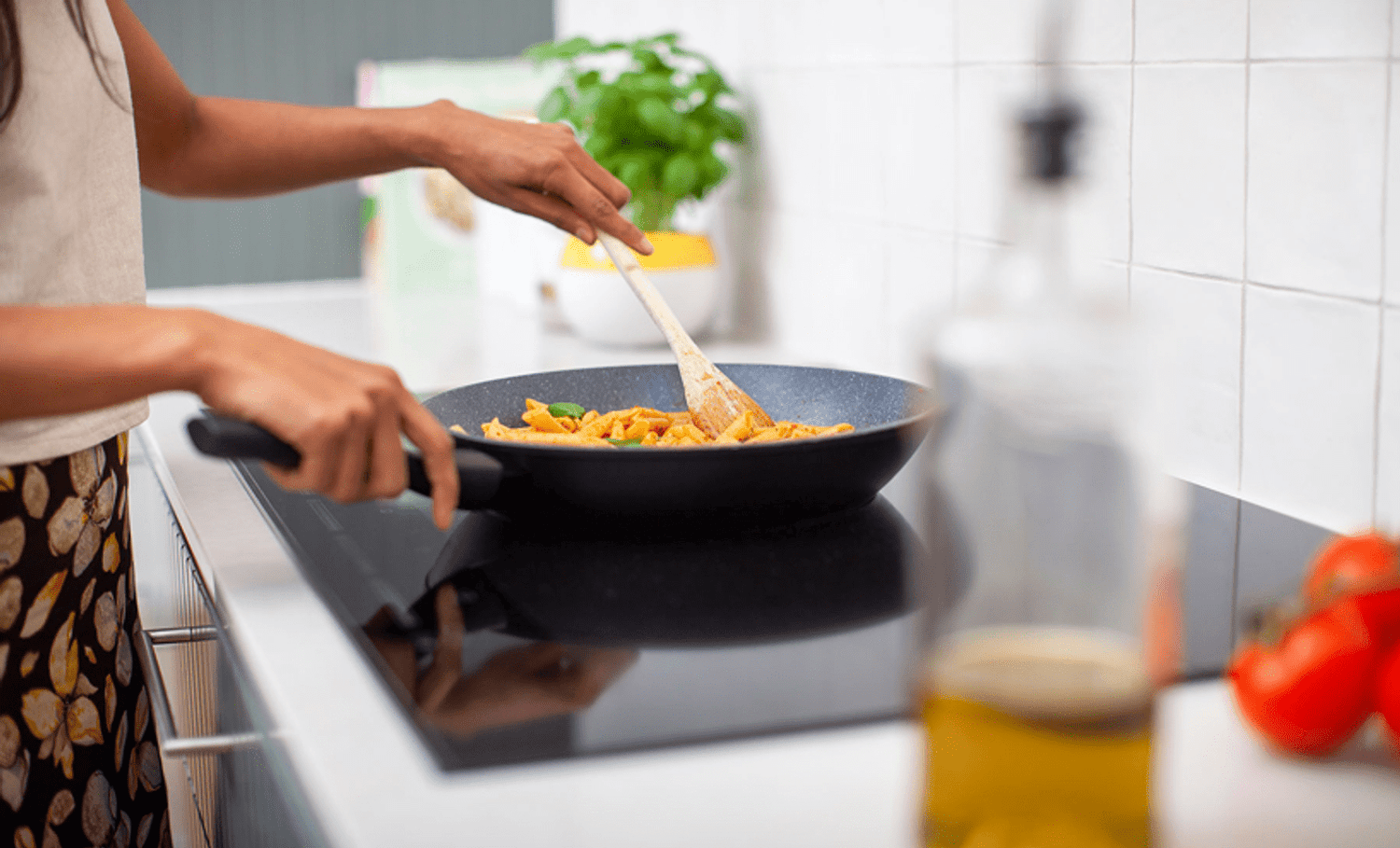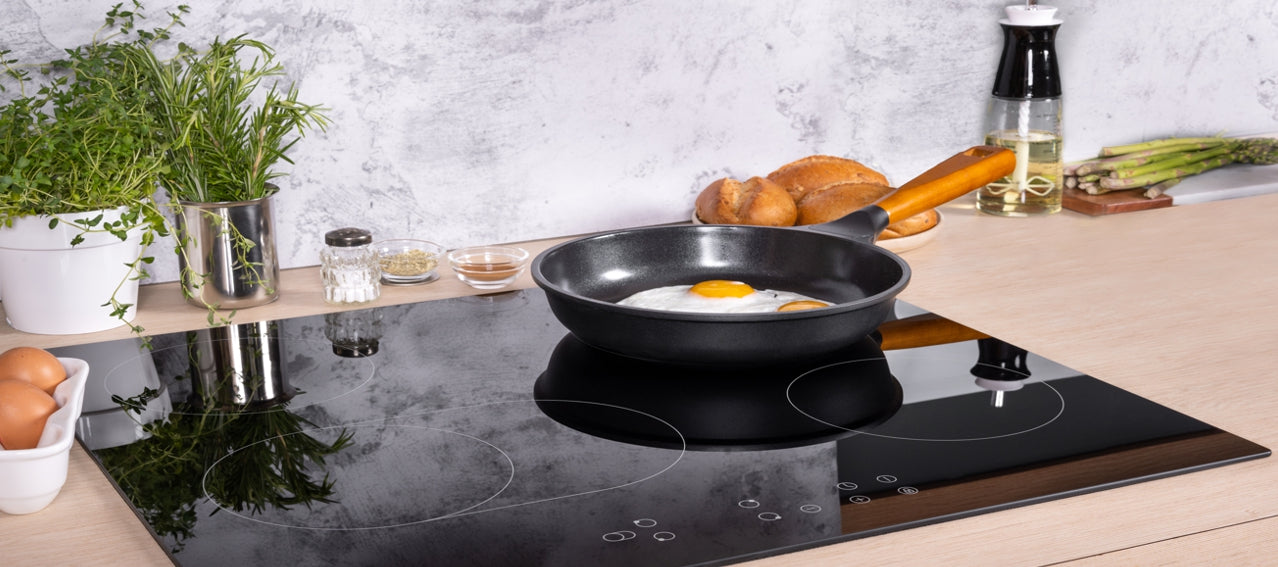Induction cooking is becoming increasingly popular in modern kitchens, and for good reason. It offers faster heating, precise temperature control, and is energy efficient. However, for kitchen professionals who cherish the traditional charm and durability of cast iron cookware, there is always the question of how these two can work harmoniously together. How to control heat using cast iron on induction is a question that many culinary experts ask as they transition into using more technologically advanced cooking methods.

The Science Behind Induction and Cast Iron
Induction cooktops use electromagnetic fields to directly heat cookware, unlike traditional gas or electric stoves that transfer heat indirectly. This direct heating method allows for rapid and precise temperature changes. Cast iron, with its magnetic properties, is naturally compatible with induction cooktops. However, the challenge lies in leveraging these properties to achieve optimal cooking results.
For more on how cast iron heats up on induction, you can explore cast iron heating, which offers detailed insights into the factors affecting heat distribution.
Why Use Cast Iron on Induction?
Cast iron is celebrated for its ability to retain heat, ensuring even cooking. This makes it ideal for searing meats and slow-cooking stews. When used on induction cooktops, cast iron heats up faster compared to traditional methods, saving time and energy. Additionally, the ability to control heat precisely on induction means that you can maintain consistent temperatures, crucial for delicate dishes.
For examples of dishes where temperature control is critical, consider reading about cooking curry in cast iron.
Steps to Master Heat Control with Cast Iron on Induction
Step 1: Preheating the Cast Iron
Begin by preheating your cast iron pan. With induction, this is a quick process. Set the induction burner to a low-medium setting and allow the pan to heat gradually. This prevents thermal shock, which can warp the pan over time.
Step 2: Adjusting the Heat
Once your pan is preheated, adjust the heat setting according to your cooking needs. Induction cooktops allow for rapid changes in temperature, so be mindful of your settings. For instance, searing steak would require a higher temperature, whereas simmering a sauce would need a lower setting.
Step 3: Monitoring and Maintaining Temperature
Induction cooktops offer precise temperature control, making it easier to maintain a consistent heat level. Use the temperature settings to your advantage by monitoring your dish regularly. Adjust as needed to achieve the desired cooking effect.
For more detailed tips on temperature control, explore temperature control in cast iron cooking.
Tips for Optimal Results
1. Use a well-seasoned cast iron pan to prevent food from sticking and ensure even heat distribution.
2. Always allow the pan to cool down naturally before cleaning to avoid damage and preserve the seasoning.
3. Experiment with different heat settings to find the optimal temperature for your specific recipes.
4. Consider using a diffuser plate if your induction cooktop doesn't have precise low-temperature settings, which can help distribute heat more evenly and prevent hot spots.
Conclusion
Mastering how to control heat using cast iron on induction is an invaluable skill for kitchen professionals looking to blend traditional cookware with modern technology. By understanding the principles of induction cooking, preheating your cast iron correctly, and maintaining precise temperature control, you can achieve excellent culinary results. Embrace the fusion of tradition and innovation in your cooking practices, and enjoy the many benefits that cast iron and induction have to offer.
For more information on using cast iron with different heat sources, you can visit Lodge Cast Iron.

FAQs
Can all cast iron pans be used on induction cooktops?
Yes, all cast iron pans are induction compatible due to their magnetic properties. However, ensure the bottom of the pan is flat for optimal contact with the cooktop.
How do I clean cast iron after using it on induction?
Allow the pan to cool naturally, then clean it with warm water and a brush. Avoid using soap or abrasive sponges, which can strip the seasoning.
Is cast iron suitable for all types of cooking on induction?
Cast iron is versatile and can be used for a wide range of cooking methods, from searing to slow cooking. However, it may not be ideal for delicate tasks requiring precise low temperatures, such as melting chocolate.





Leave a comment
This site is protected by hCaptcha and the hCaptcha Privacy Policy and Terms of Service apply.